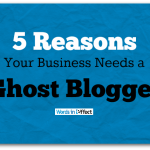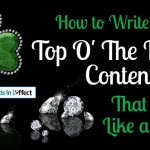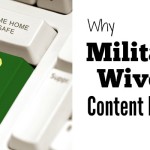
-
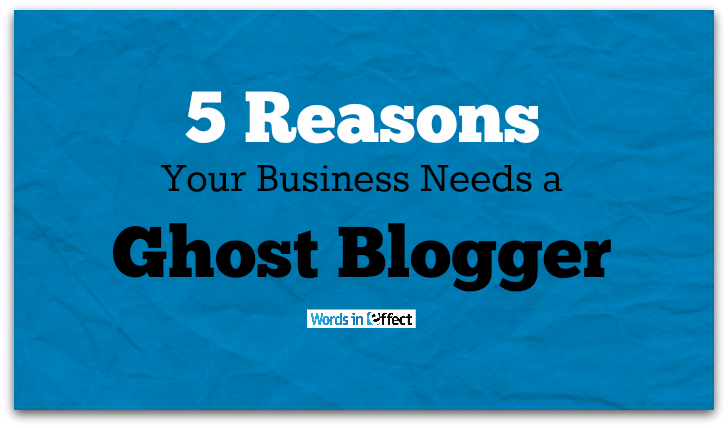
5 Reasons Your Business Needs a Ghost Blogger
“How do you feel about ghost blogging?” This question…
-
How to Recognize—and Keep—Great B2B Content Writers
Great B2B content writers are a dime a dozen, right?…
-
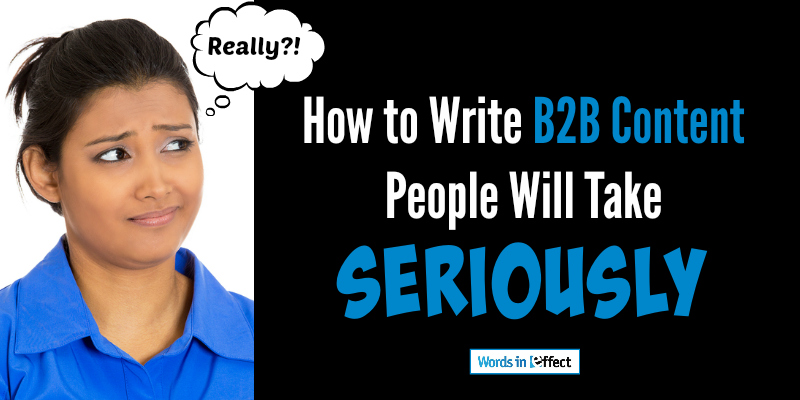
-

10 Perfect Gift Ideas for Your B2B Content Audiences
Are you a B2B marketer who’d like to say “thank…
-

The Perils of Writing Poorly: 5 Ways to Kill Your Audience
Do you believe content writing can be delegated…
-

The Perils of Writing Poorly: You Call That a Hook?
Do you remember sitting beside the campfire as a…
